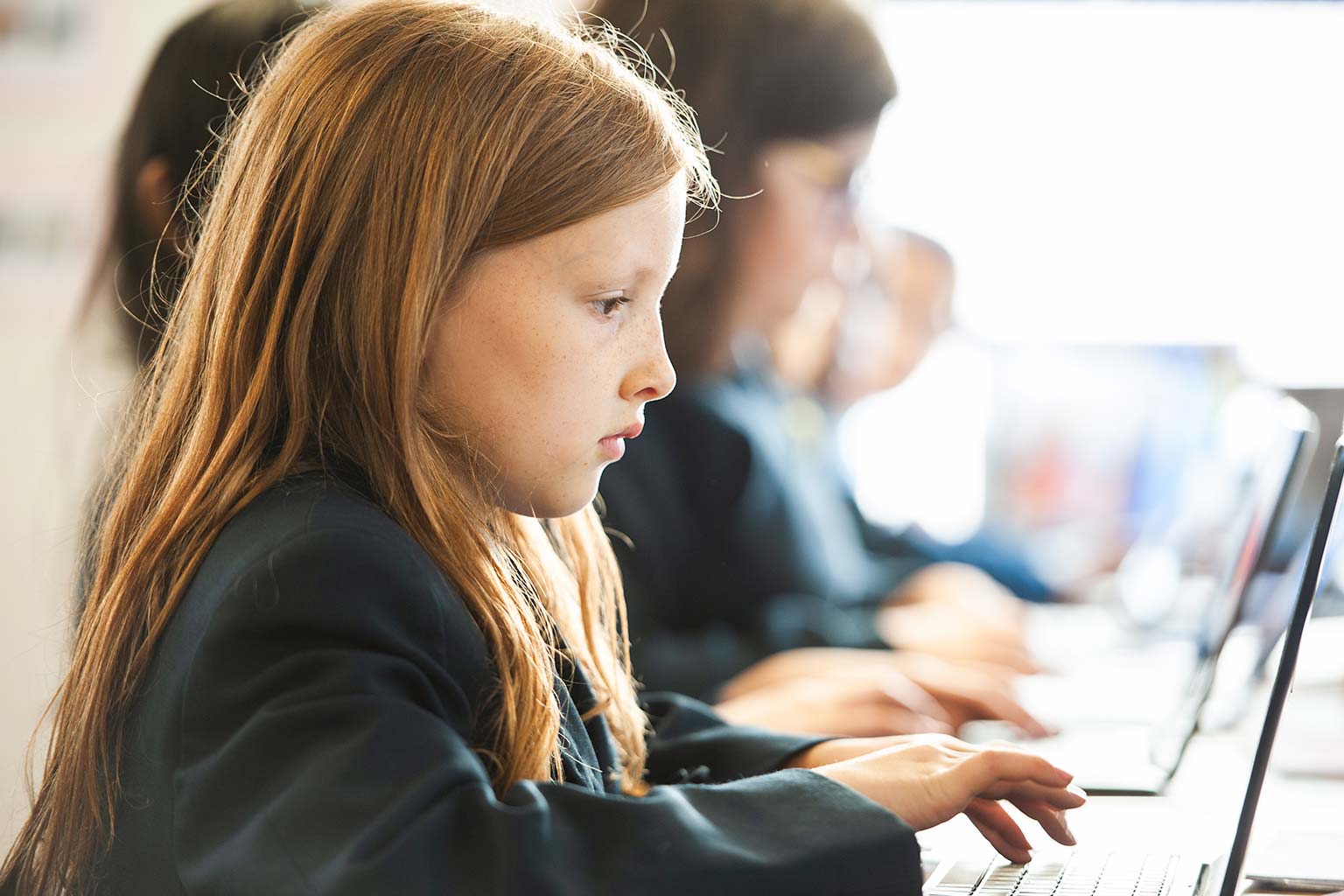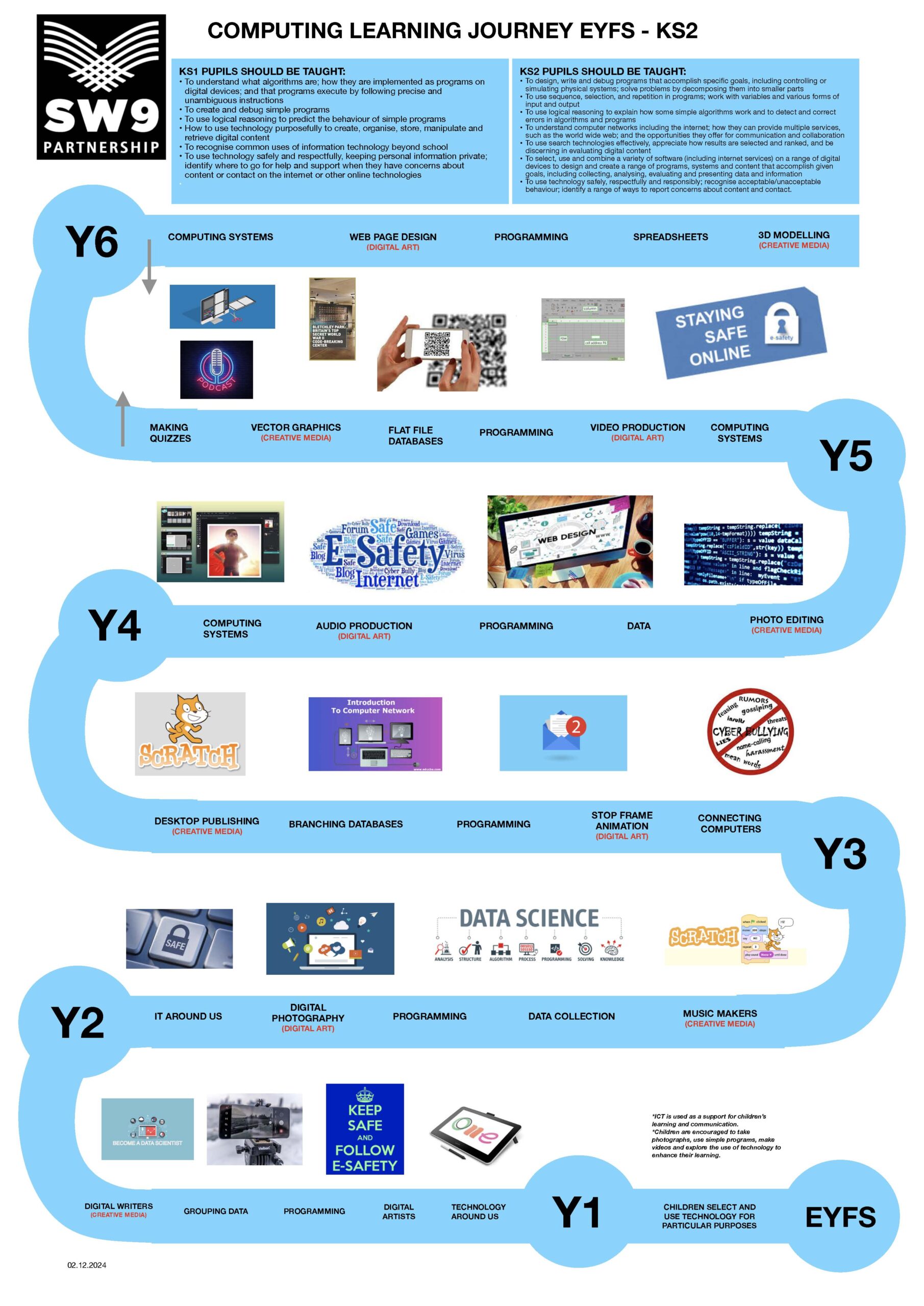Our Vision
At St. Andrew’s, we believe computing is a crucial part of children’s learning.
We believe in a rich, enjoyable and varied curriculum to equip our pupils with the knowledge and experience that will help them to be confident using technology in the modern day world.

The national curriculum outlines the three strands of computing that children should be taught: computer science, information technology and digital literacy.
Within computer science, children at St. Andrew’s learn the main vocabulary, including programming, algorithm and coding.
In each year group, they practically explore writing code and creating programs, as well as using logical reasoning to explain how algorithms work.
Information technology is the strand that focuses on understanding the internet, using search technologies efficiently and collect, evaluate and present data and information.
Finally, within digital literacy, we aim to provide children with the tools to stay safe online.
In a world where any information is accessible at all times, and any information can be posted and shared by anybody.
We strongly believe that it is important to equip children with the knowledge and tools to be able to discern between reliable and unreliable information and facts.
Our aim is to ensure that all our children are able to consistently make safe choices online.

Click image to enlarge
How we plan for and teach computing
Children learn how computers and computer systems work, as well as design and build programs, develop their ideas using technology and create a range of content.
Computing is a practical subject and we are well resourced with Ipads and laptops that are used throughout the school.
As well as stand-alone computing lessons and focus days, children are constantly accessing computing equipment throughout the school week to research information, to complete tasks and to present their work in a digital form.
Teachers plan a different unit of work for each half term and coverage of all three strands of the computing curriculum is ensured.
Some aspects of digital literacy, with a focus on e-safety, are covered in PSHE lessons too.
How we evaluate learning in computing
The impact of our computing curriculum can clearly be seen in projects that children create as well as presentations created as digital content.
Children have the opportunity to self-assess the content they have created, as well as peer-assess.
In each year group, children use past learned skills and apply them to new software and coding programs that they are exploring.
